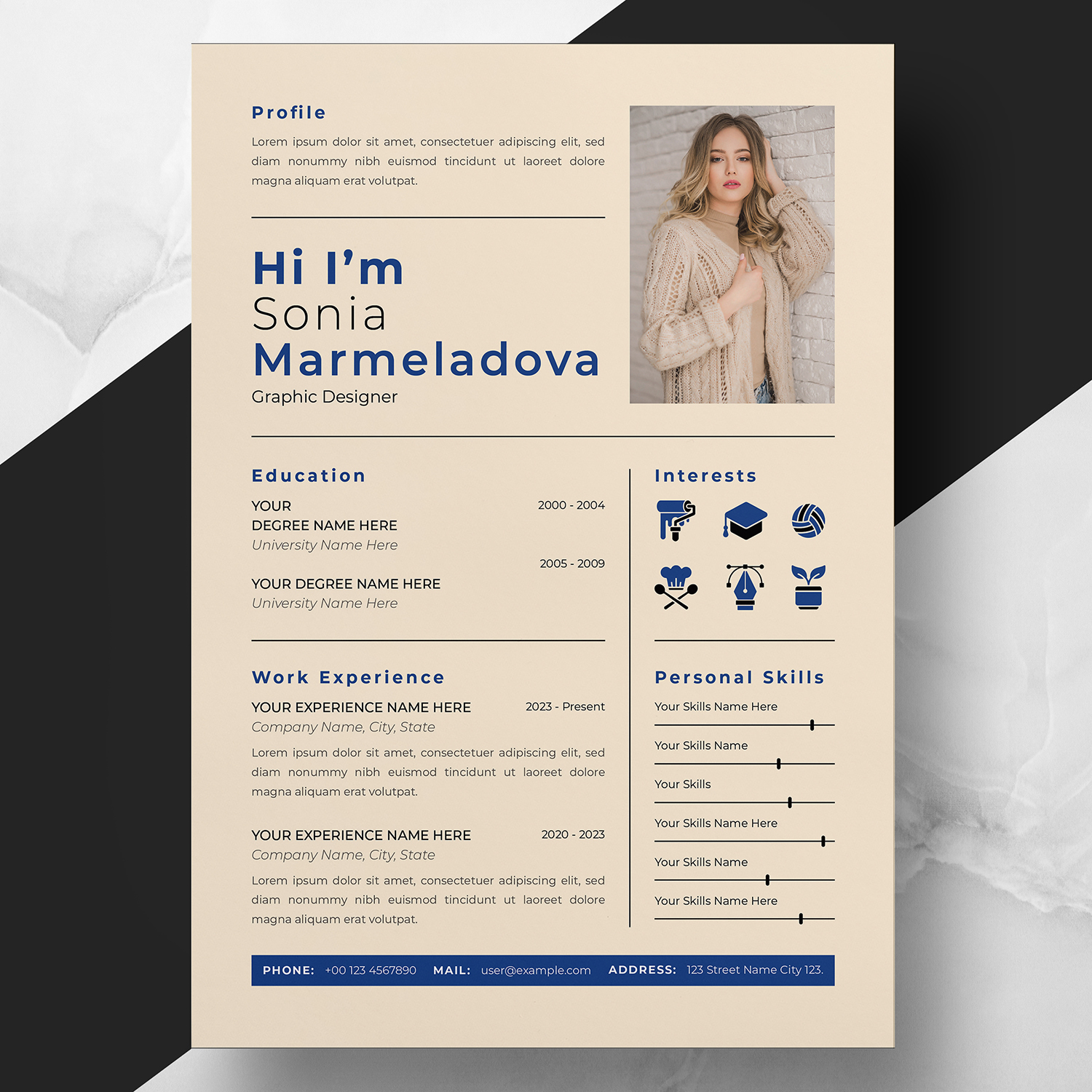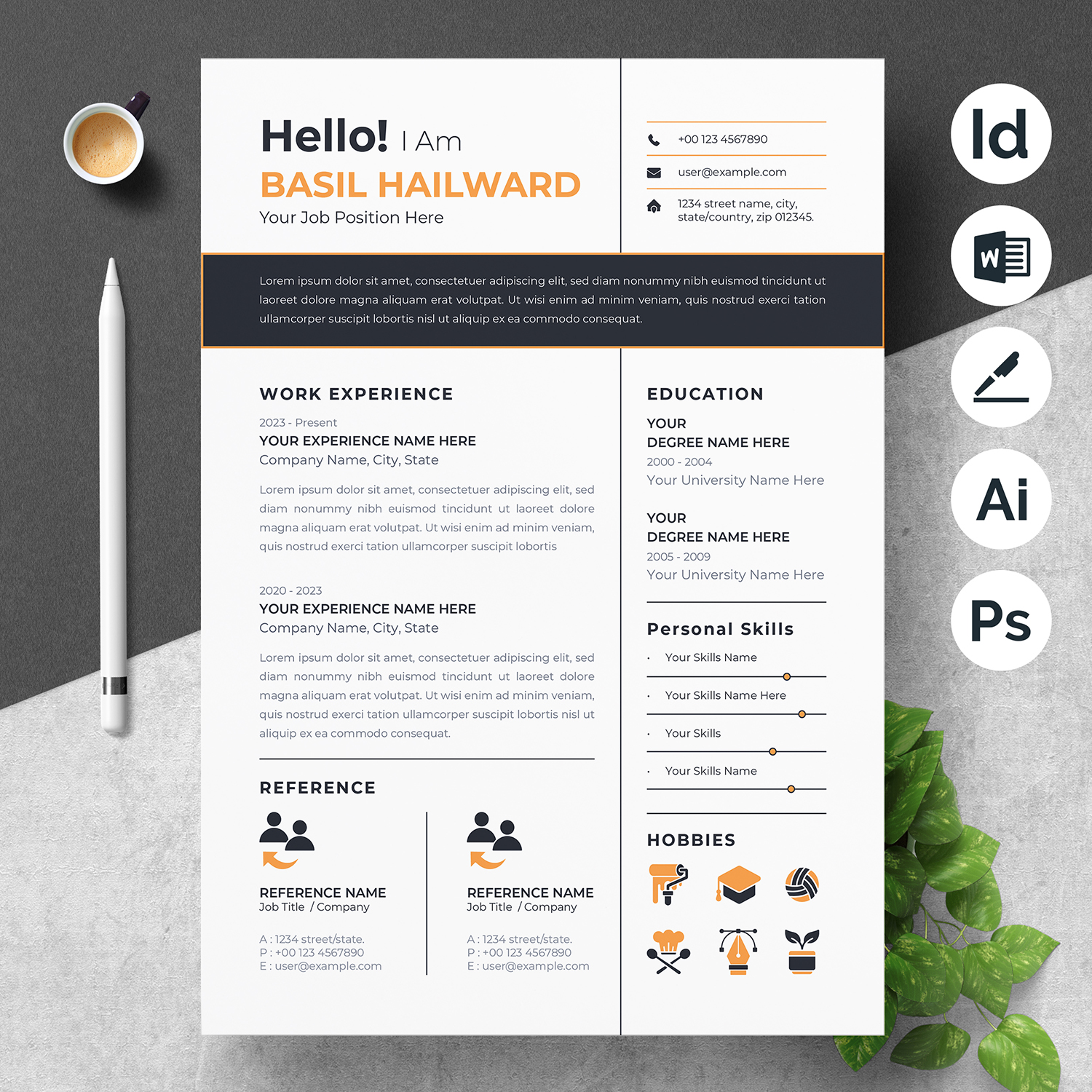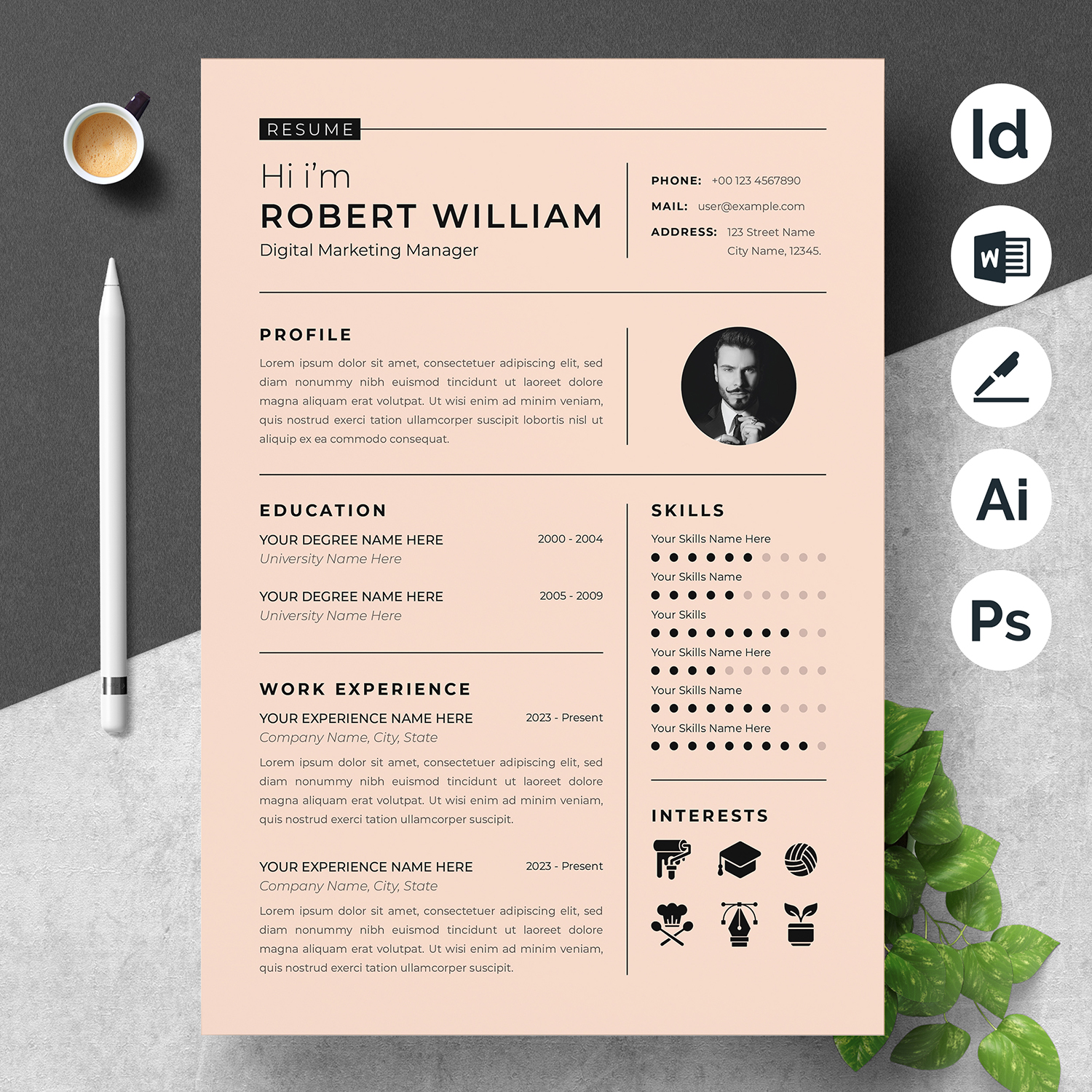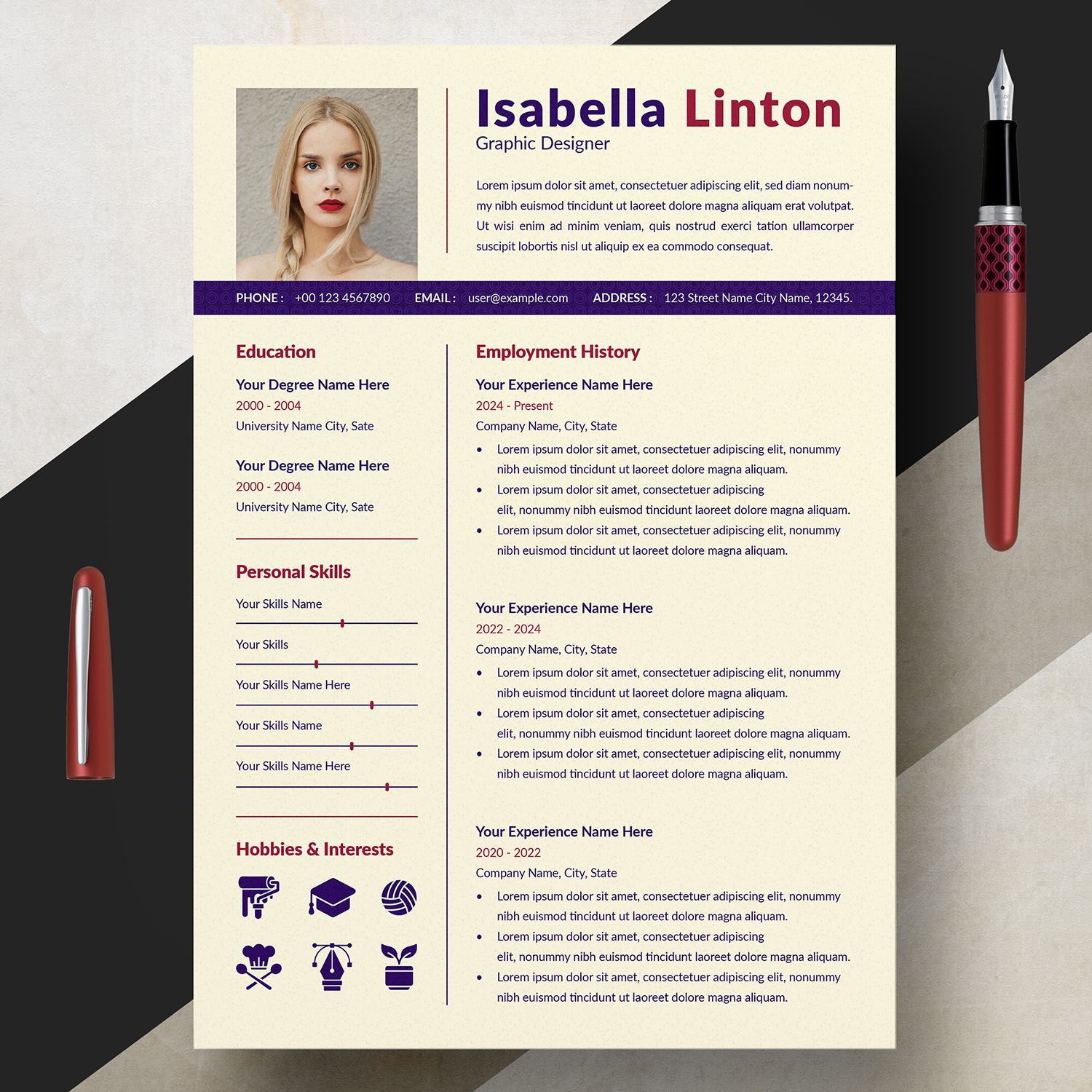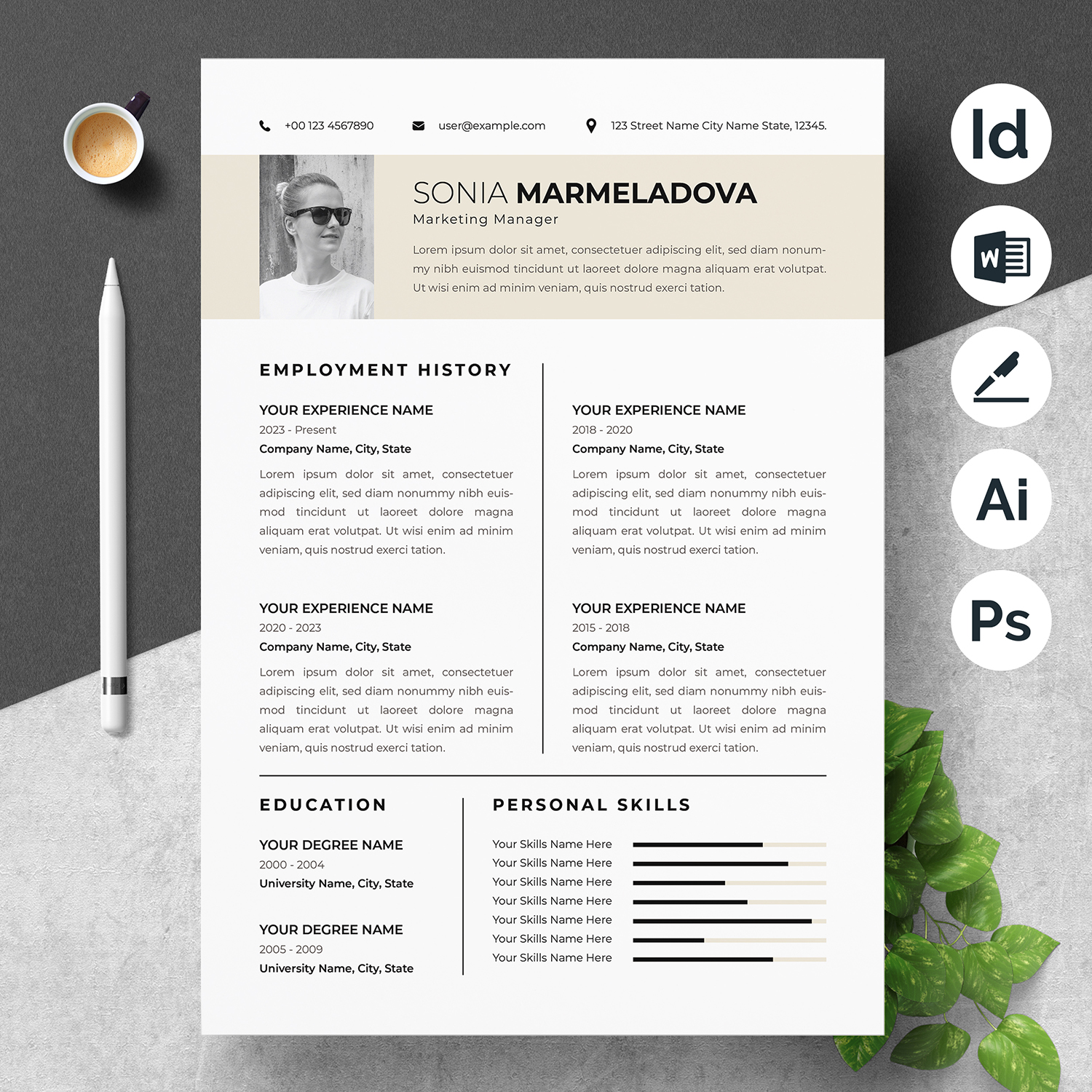
When applying for jobs, a portfolio is an excellent method to show hiring managers your qualifications. You may utilize a portfolio to display your work and convince hiring managers that you are the ideal candidate for the position, depending on the type of employment you’re pursuing. Your professional overview and goals are crucial components to include in your portfolio, and you might find it helpful to understand how to compose this area. In this post, we define a portfolio, go over how to build a Career Summary and goals, and offer advice and a sample that you may use as a guide.
What is a portfolio?
A portfolio, sometimes referred to as a resume, professional portfolio, or career portfolio, is a tangible or digital collection that showcases your best work and future objectives for hiring managers or other potential employers to assess. In the sectors of technology, art, design, education, publishing, and communication, portfolios are frequently used. Typically, a portfolio consists of the following elements:
- Resume
- Samples of work
- Biographical information
- Accomplishments and awards
- Cover letter
- Career summary
- Professional goals summary
- Community service summaries
- Degrees or educational history
- Professional organization memberships
- Letters of recommendation, reviews, feedback, or references
How to write a career summary and goals for your portfolio
You can use the following steps to write your career overview and goals:
1. Reflect on your career goals
You can decide who you are as a professional and what your future goals are before creating your career summary and goals summary for your professional portfolio. You can accomplish this by looking over your training and work experience in the industry you’re applying to work in, and selecting the most relevant details to add.
After completing this step, you can think about what you want to do with your expertise and skills in the future and how long you want it to take to achieve these goals. Once you have this information, you may start creating your career overview and goals using precise and current data
2. Describe who you are as a professional
You can give a brief introduction to who you are as a professional to start off your career overview. Usually, including no more than two to three sentences, this section of your portfolio gives a general outline of your professional history. This description often includes information about your present position, firm, length of time spent there, and general responsibilities. You can also show how your job- or industry-specific talents might make you a standout candidate for the position you’re after by mentioning them.
3. Include your areas of expertise or skills
A portion of a career overview that outlines your areas of specialization or unique professional skills is customary. Many career summaries put these specialties and skills in a table with three columns between them, though this is not necessary. You can also write this section as a paragraph.
Include a list of your most noteworthy and applicable skills in this section of your professional summary. You can think about mentioning particular abilities that are featured on job listings for positions you’re applying for. This succinct summary of your areas of expertise might help hiring managers see your talents and abilities.
4. Outline your professional goals
It’s crucial to briefly describe your professional objectives. This section of your portfolio can demonstrate to potential employers that you’re motivated to level up and grow in your profession. These could be both immediate and long-term objectives. Your professional goals typically lay out your intentions for the following five years and give you a broad idea of where you want your career to go.
Tips for writing a career summary and goals
For drafting a career summary and goals for your portfolio, consider the following advice:
Review job postings: Examine the job posting or posts to find any keywords or job requirements before writing your career profile and ambitions. This can speed up the job application process and give you a better understanding of if the hiring managers’ objectives and your career description are compatible.
Customize it: Your career overview and goals can be modified based on the particular position you’re applying for to make sure they’re as relevant as possible. This will enable you to match the goals and summary sections of your portfolio with the details contained in each job offer.
Proofread your text: Proofreading anything you’ve written for the section of your portfolio devoted to your career overview and goals might be extremely beneficial. This can assist you in making sure your portfolio is error-free and presents professionally.
Example portfolio career summary and goals
When drafting your own professional summary and goals section, it can be good to refer to samples. Here is an illustration to serve as a model:
Currently employed as a teacher at the Green Everhart K-12 School in Daytona Beach, Florida, focusing on grades kindergarten through fifth grade since I studied education at the College of Dayton and graduated in. I have taught kindergarten and third-grade math in the past. I presently teach math to fourth graders and am committed to fostering the academic development of nearby kids. competent in management, planning, communication, engagement, critical analysis, flexibility, listening, empathy, patience, learning, and creative problem-solving.
In the next two to five years, my goal is to work at Green Everhart K-12 School as an assistant principal of the lower school. I intend to broaden my skill set and expertise as an educator as I gain more experience working with the lower school and advance into a more administrative capacity in order to give the students in this school and community the education they need and deserve.
Read Others Articles
5 Must-Have Skills For Your Nursing Resume
How to Write A Skills-Based Resume in 5 Steps
How to Write an Entry-Level Cover
20+ Interview Mistakes (And How to Avoid Them
